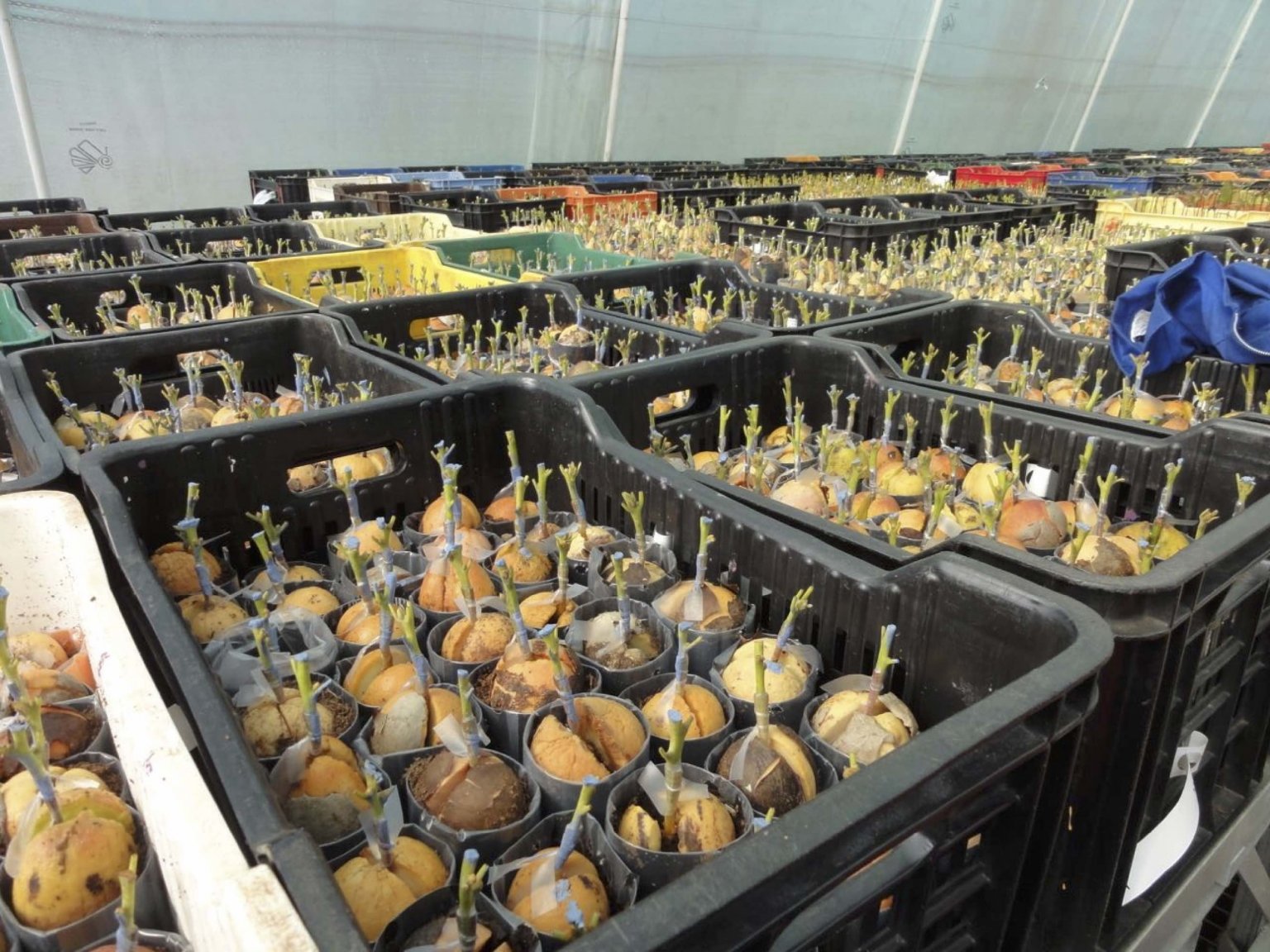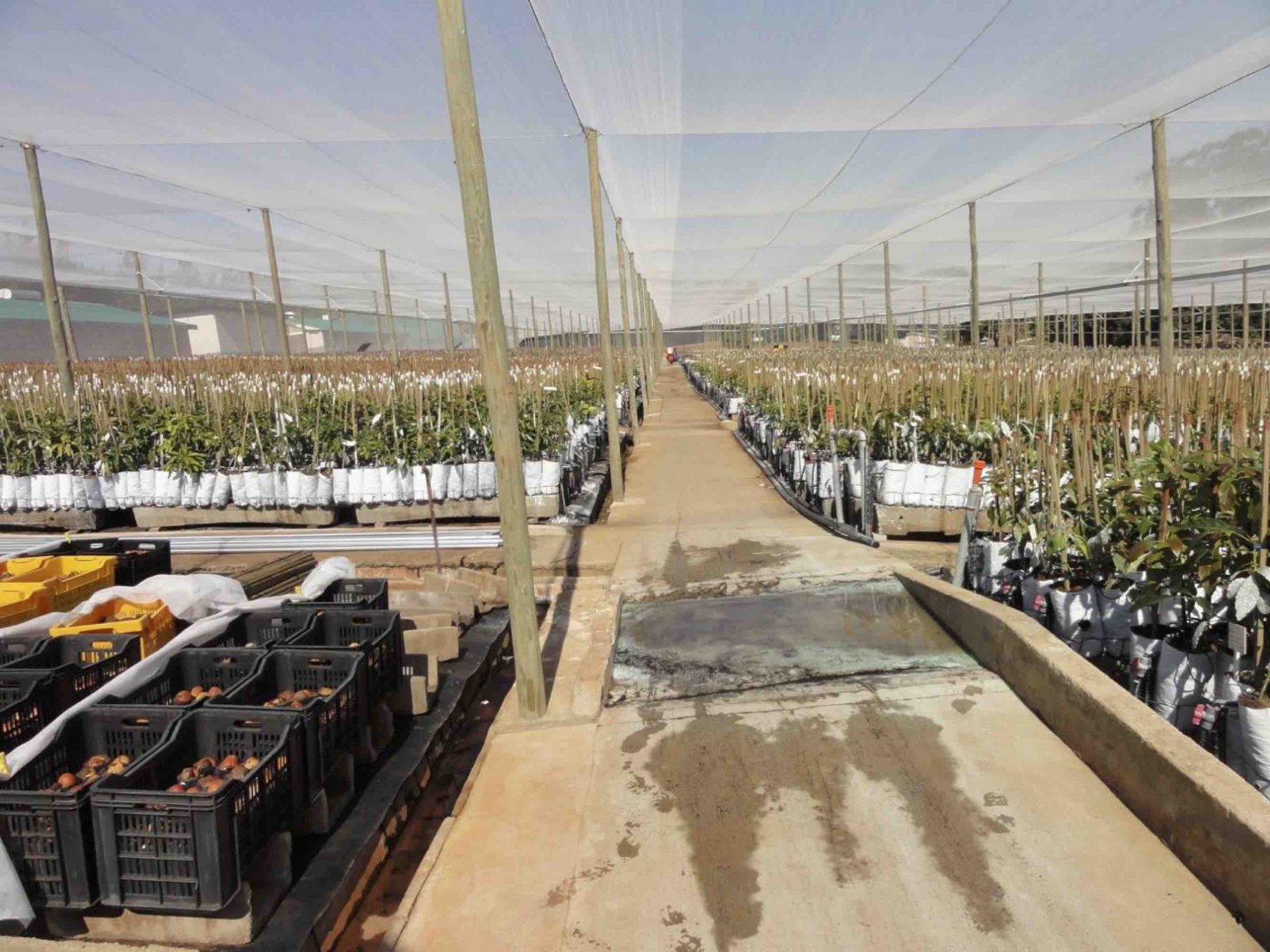- Popular Post

JungleBiker
-
Posts
835 -
Joined
-
Last visited
Content Type
Events
Forums
Downloads
Quizzes
Gallery
Blogs
Posts posted by JungleBiker
-
-
Well, being from the UK, I thought B was at fault but apparently I am wrong.
I reckon it would be safer if there was international consensus on such kinds of traffic laws and all countries followed the same rules.
I've noticed at some 3-way junctions, the white lines on the road look like they're in the wrong places but perhaps they are correct according to Thai traffic rules.
-
Thanks BT. Wow, they look good. That's very impressive, especially at only 400m asl.
I hope they taste as good as they look.
-
 1
1
-
-
8 hours ago, canuckamuck said:
Aflotoxins are produced by fungus. The fungus can be spread through the air and inhabits warm damp areas. Milk processing is done in warm moist areas. It is very hard to eliminate because you don't want antifungals in your milk either. This is why there are acceptable levels allowed.
More likely, the toxins are coming in the corn/maize that the dairy cows are eating. Very often, the corn is not dried properly after harvest. Consequently, aflatoxins (and other mycotoxins) form on the corn and then the toxins are eaten by the cow and pass through its body into the milk.
Same thing can happen when a human mother drinks the cow milk and then breastfeeds her baby - the baby can receive the toxins. (i.e. the same toxins that were in the corn!).
-
Thanks Simon, I will try another browser.
I also didn't know about the uni thing and hope it's true.
-
After reading this thread this morning, I have been trying to check my details at the gateway account but after answering the security questions, I keep getting the message:
............
There’s a technical problem
This online service is experiencing technical difficulties.
Please try again in 5 minutes.
..........
I tried several times last year and got the same response!
-
Or perhaps you could use regular hydroponic (soluble) fertilisers to feed your veggies and those same nutrients will also feed the algae/plankton and the green stuff will feed the tilapia. I doubt the ferts will harm the tilapia because they are usually used in dilute solutions.
-
1. What do you feed your tilapia? I guess you feed them commercial fish feed? If so, instead of that, why not put pig manure into the pond? It will produce algae/plankton and that is the natural food of tiliapia. The pond will turn green. I don't know but I wonder if the manure and green stuff will provide more nutrition for your veggies?
2. Tilapia farmers usually raise fish of the same sex and age, not big ones and small ones mixed together.
-
On 15/02/2018 at 2:09 PM, cobbler said:
I know some thais going back to using gooed old cow shit on rice now. You can see the difference. Much nicer
But if all farmers were to go organic I doubt there would be enough shit to go around. Food production would decline and the less well off would go hungry. Organic food is a luxury for the few.
-
 2
2
-
-
On 15/12/2017 at 1:20 PM, berries thailand said:
Hello JugleBiker
The blueberries is Biloxi and the blackberry is something i find in JJ market but dont know the variety
Hi Berries Thailand,
How are your berries doing now? Based on your photos of 28 November, I think your blackberries may now have stopped fruiting. If so, I reckon you should cut the old canes down to the ground so that new canes will replace them and produce more fruit (similar to banana plants).
At what altitude (metres above sea level) is your farm located?
Do you have a name, contact number and address for the seller of the blackberry plants in JJ (CC) market?
How much did the blackberry plants cost?
Thanks.
JB.
-
On 13/12/2017 at 9:26 AM, djayz said:
Re black and blueberries: she just bought a few plants recently from a Thai bloke on FB
Hi Djayz, Can you share the FB link please? Thanks. JB.
-
I am not recommending you apply antibiotics but just want to point out that in Thailand some farmers are using antibiotics to treat citrus trees infected with citrus greening disease. Apparently it works but I do not recommend this practice.
-
Lots of big orchid farms near Bangkok. Google Thailand orchid exporter
You may find this place interesting... http://www.thaitravelblogs.com/2017/12/once-flower-upon-a-time-flower-festival-at-dasada-gallery-until-28-february-2018/
-
Until I read this thread I had never heard of the "5 Es of road safety" before.
"Dunning-Kruger" was also new to me. I looked it up here https://en.wikipedia.org/wiki/Dunning–Kruger_effect and here https://www.psychologytoday.com/blog/head-in-the-cloud/201701/the-dunning-kruger-president
Thank you Airbagwill for helping to enlighten me.
-
Happy New Year everyone.
Is there a company in Thailand making/selling boom sprayers? This would be for applying soluble fertilisers to pineapples. Currently being done by knapsack sprayer every 2 weeks - a lot of work!
JB
-
On 17/12/2017 at 1:36 PM, Khun Jean said:
I have some importer that sells barley for 300US$ per ton. Minimum 5 ton. I will grow it only a few days so it can be done in temperature/moisture controlled conditions (20ft containers). Not willing to buy 5 tons to get my process right. Also i would need to at least be able to inspect the quality, which is another difficulty. I'll get there but it will take some time.
Would rice do the job?
-
On 18/05/2017 at 6:43 PM, cooked said:
It has taken generations of selection and care to produce the citrus fruit that we have now. In all likelihood out of a hundred seedlings, one might produce a decent fruiting tree.
We're talking apples and oranges.
What you wrote is true for apples but not oranges.
Many kinds of citrus do grow true to type from seed.
Google these three words:
citrus polyembryonic seed
-
Hi Berries Thailand,
What varieties of blueberry and blackberry are you growing?
JB
-
You can find blueberries and raspberries at the Singha Park near Chiang Rai, owned by Boonrawd Breweries. They grow them in pots in polytunnels. You can find photos on the web.
Blackberries you can find in my garden here in Laos.
All 3 crops prefer higher altitude areas and protection from summer rains using plastic (e.g. polytunnels with open sides for ventilation).
For blackberries and raspberries, it is best to grow primocane varieties.
For blueberries, best to grow low-chill varieties and grow them using the evergreen system (don't let them go dormant).
-
 1
1
-
 1
1
-
-
On 28/11/2017 at 11:24 PM, khunpon said:
JB, would you have any contact/address info for the nursery you have shown?
Khunpon, Please excuse me for my late reply. I do have the contact details because I am cooperating with that company to develop an avocado farm in Laos. That nursery is not in Asia. At this stage, the company prefers to keep a low profile. If you could tell me why you would like their contact details perhaps I can help you in some way.
Best regards,
JB.
-
These Dutch guys in Chiang Mai supply water storage tanks for greenhouse growers: http://datt.asia/water-storage-solution/ Not listed on that page but they can even supply a 500,000 litre tank (I heard last year it cost over 400,000 baht).
With a greenhouse, you can collect the rainwater from the roof gutters, store it, and use it to irrigate the crops inside.
Rainwater is good for using in a hydroponics/fertigation system because it doesn't contain any undesirable salts.
-
2 hours ago, farmerjo said:
No problem with that one JB,its a belt drive where msterial sits across the width of the belt and fed out the rear door.
In the earlier days spreaders were designed not with a belt but 2 x chains that dragged the material out the back and were only good for pelletised products like potash,superphosphate and urea.
Phew! Glad to hear it. I'll be able to sleep easy tonight!
-
On 09/11/2017 at 11:54 PM, farmerjo said:
My real question to JB would be what sort of spreader is he going to use?
I don't know much about the 3pl spreaders but from experience i know chain link drive spreaders were useless for lime and gypsum applications.
My real answer
 is a Stoltzfus CU 40 http://stoltzfusspreaders.com/ground-drive-spreaders/
is a Stoltzfus CU 40 http://stoltzfusspreaders.com/ground-drive-spreaders/
So I am curious to know why you think it might be useless?

-
Attached (finally) are the photos i wasn't able to attach the other week.
They show that the scion isn't wrapped in plastic.
Some wax with fungicide is put on the cut tip.
They are enclosed in a giant "plastic bag", more commonly known as a polytunnel!
The 3rd photo shows them growing on in a net house.
This nursery produces several hundred thousand plants per year.
-
 2
2
-
-
On 13/11/2017 at 10:06 AM, farmerjo said:
Hi JB,
Most of the older japanese tractors have a creeper gear.
This is a picture of my Kubota L2201 gearbox arrangement,it's the red lever at the back side witch changes the gears to creeper speeds.
My Morooka MK-80 has hydrostatic transmission and PTO
 3
3Thanks Farmerjo. Is there any particular place in Thailand that you would recommend to find such kinds of tractors? What sort of price range?




Video: Tourist has just two words (repeatedly) for cabby who won't turn on the meter
in Thailand News
Posted
Hmm...
1. You are assuming the cocky farang would not be able to defend himself and inflict greater punishment on you. So aren't you also being cocky?
2. Beating the shit out of someone for saying "<deleted> you" wouldn't make you a decent man but it would make you a criminal.